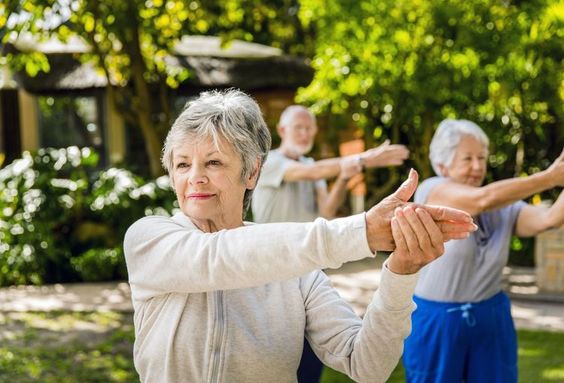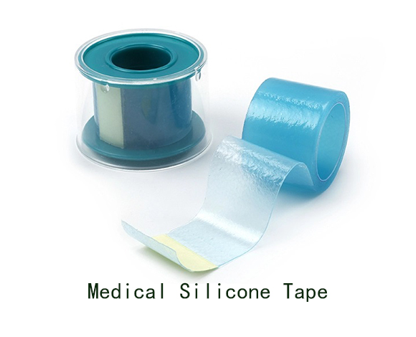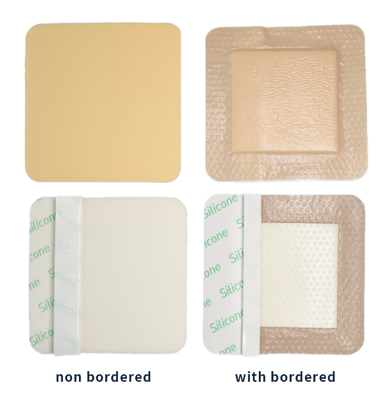The care of elderly patients often requires attention to the characteristics of the skin of the elderly. In a recent survey, 35% of caregivers performed wound care for older adults and considered it the most challenging of all caregiving activities. Intact skin is the first line of defense against infection and external environmental trauma. As people age, the skin also becomes thinner, drier, and more brittle. These changes make the skin more prone to damage and infection, so it is important to pay attention to skin care in the elderly. This article will introduce the skin characteristics of the elderly and how to prevent skin damage. Let's take a look at it with me.
Elderly skin properties:
①Dry skin
Due to the decline in the proliferation ability of epidermal cells in the elderly, the thinning of the stratum corneum, the reduction of elastic fibers, collagen fibers, and subcutaneous fat in the dermis, resulting in thinning, sagging, and reduced elasticity of the skin. Sexual dryness. Dry skin is scaly, and the folds of the palms and soles are aggravated. Dry skin causes itching, scaly peeling, and cracks, making it easy for bacteria to invade and cause infection. Dry and itchy skin can be local or systemic, may interfere with sleep, and may lead to infection as scratching further aggravates skin breakage. Dry skin is worse in winter, in heated buildings, and in some countries with low humidity.
② more sensitive
The skin of the elderly is particularly prone to itching. Many elderly people react too strongly to internal and external stimuli acting on the skin and are prone to dry skin, itching, pain, and other symptoms. The skin is not dry, but the itching is unbearable. Sensitive skin reaction.
Due to the above-mentioned skin characteristics of the elderly, the skin is easily damaged. What are the common skin problems, and how to prevent them?
Problem 1: Common senile skin tear injuries.
Medical adhesive tapes used in nursing will all cause skin lacerations, which can be full-thickness or partial skin damage, and are skin lesions caused by the separation of the epidermis and the dermis caused by shearing force, frictional force, or blunt force. Although the wound is superficial, it can cause severe pain and may cause bleeding or bruising. Skin lacerations with adhesive tape can occur anywhere on the skin but most commonly occur on the upper arms, lower extremities, and backs of the hands in older adults following trauma, such as a collision or fall.
Solution: How to prevent skin tear damage?
You can use the Medical Silicone Tape produced by Longterm Medical, which uses a skin-friendly and gentle silicone gel as the contact surface, which not only ensures effective initial adhesion and stickiness but also ensures a gentle and painless peeling effect even after long-term use. And does not leave the characteristics of residual glue. Patented pre-cutting design: In clinical care, infants and young children are often difficult to cooperate with, and medical staff needs more efficient operations. This tape adopts the world's first "1CM" pre-cutting design, and medical staff can tear the tape at will without skewing. It also saves time and increases convenience for nursing work.
Problem 2: Decubitus (Pressure Injury)
Bedsores are pressure ulcers. Elderly people, due to long-term lying or sedentary conditions, have long-term pressure on local skin and poor blood circulation. It is essentially a pressure injury, and the performance of bedsores in different periods is also different, but compared with ordinary wounds, the recovery period is relatively long. Therefore, in nursing, we must be careful and patient, and the daily nursing work should also be done in place.
Solution: How to Treat a Bed Sore (Pressure Injury)
You can use the Silicone Foam Dressing Sacrumta produced by Longterm Medical, which can reduce the pressure on the skin and absorb a large amount of exudate. Its adhesive layer is coated with silicone, which is painless and does not leave any residual adhesive. Its shape is also different. The site-specific design makes it more convenient for patients to use. Every time the dressing is changed, the caregiver should clean the wound with normal saline, then pat it dry before applying the dressing. Additionally, caregivers should avoid placing the pressure injury area under pressure when rolling over.
A healthy diet is important for the skin.
Protein intake is a major nutrient required to maintain optimal skin integrity and promote wound healing. High-quality protein sources include dairy, meat, poultry, seafood, eggs, nuts, seeds, and legumes. Adequate hydration is equally important for maintaining skin health and preventing breakouts; getting enough vitamins A and C aids in epithelial and collagen formation and wound healing. Fresh fruits and vegetables, especially yellow vegetables, are good food sources of these vitamins.
For more information on Innomed® dressings, refer to the previous articles. If you have customized needs, you are welcome to contact us; we will serve you wholeheartedly.
At Longterm Medical, we transform this data by innovating and developing products that make life easier for those who need loving care.
Editor: kiki Jia
Date: August 10, 2022

 English
English عربى
عربى Español
Español русский
русский 中文简体
中文简体








